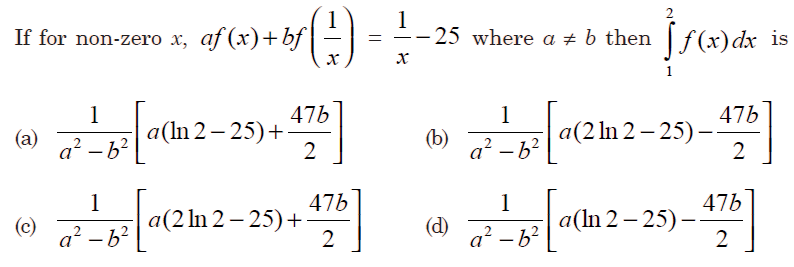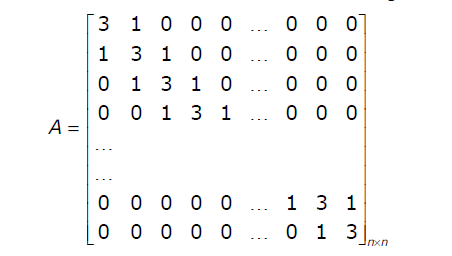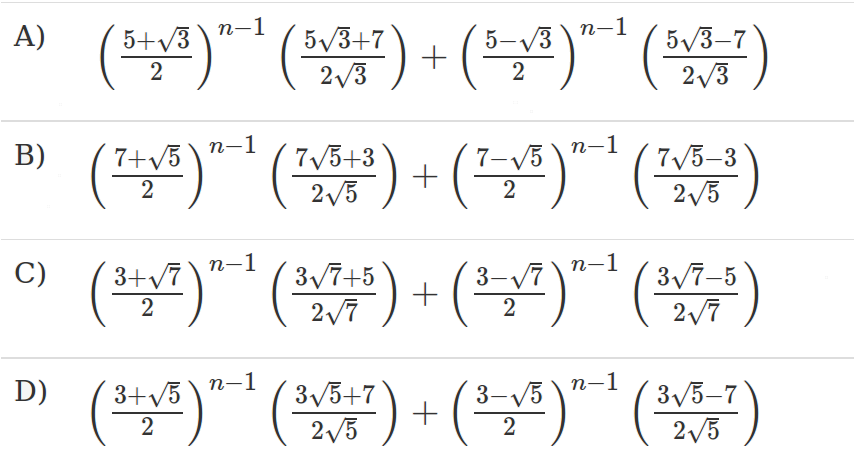Numerical Methods and Calculus
Question 42
The velocity v (in kilometer/minute) of a motorbike which starts from rest, is given at fixed intervals of time t(in minutes) as follows:
t 2 4 6 8 10 12 14 16 18 20 v 10 18 25 29 32 20 11 5 2 0The approximate distance (in kilometers) rounded to two places of decimals covered in 20 minutes using Simpson’s 1/3rd rule is _________.
Question 43
Question 44
Let X and Y be two exponentially distributed and independent random variables with mean α and β, respectively. If Z = min(X,Y), then the mean of Z is given by
Question 45
If f(1) = 2,f(2) = 4 and f(4) = 16,what is the value of f(3) using Lagrange’s interpolation formula?
Question 46
Consider the following iterative root finding methods and convergence properties: Iterative root finding Convergence properties methods
(Q) False Position (I) Order of convergence = 1.62
(R) Newton Raphson (II) Order of convergence = 2
(S) Secant (III) Order of convergence = 1 with guarantee of convergence
(T) Successive Approximation (IV) Order of convergence = 1 with no guarantee of convergence
Question 47
Let f(n), g(n) and h(n) be functions defined for positive inter such that
f(n) = O(g(n)), g(n) ≠ O(f(n)), g(n) = O(h(n)), and h(n) = O(g(n)).
Which one of the following statements is FALSE?
Question 48
If the trapezoidal method is used to evaluate the integral obtained 0∫1x2dx ,then the value obtained
There are 93 questions to complete.
Last Updated :
Take a part in the ongoing discussion

 What is the value of the determinant of A?
What is the value of the determinant of A?


